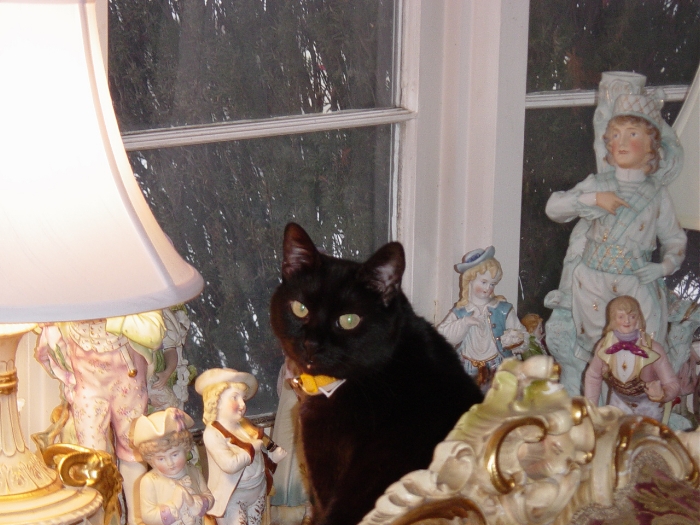|
| Query: black cat | Result: 167th of 674 | |
Cat
| Subject: | Cat
| | Poster: | Susan (HootOwl200065@aol.com)
| |

| Resolution: 700x525
File Size: 304098 Bytes
Upload Date: 2004:11:13 03:46:01
|
ERROR : Server Busy(-1105)
ERROR : Server Busy(-1105)
Cat
Haughty Lunar
|
Comments |
|---|
| | phoby |
|
| Wow... very beautiful black cat! |
^o^
Animal Pictures Archive for smart phones
^o^
|
|
|